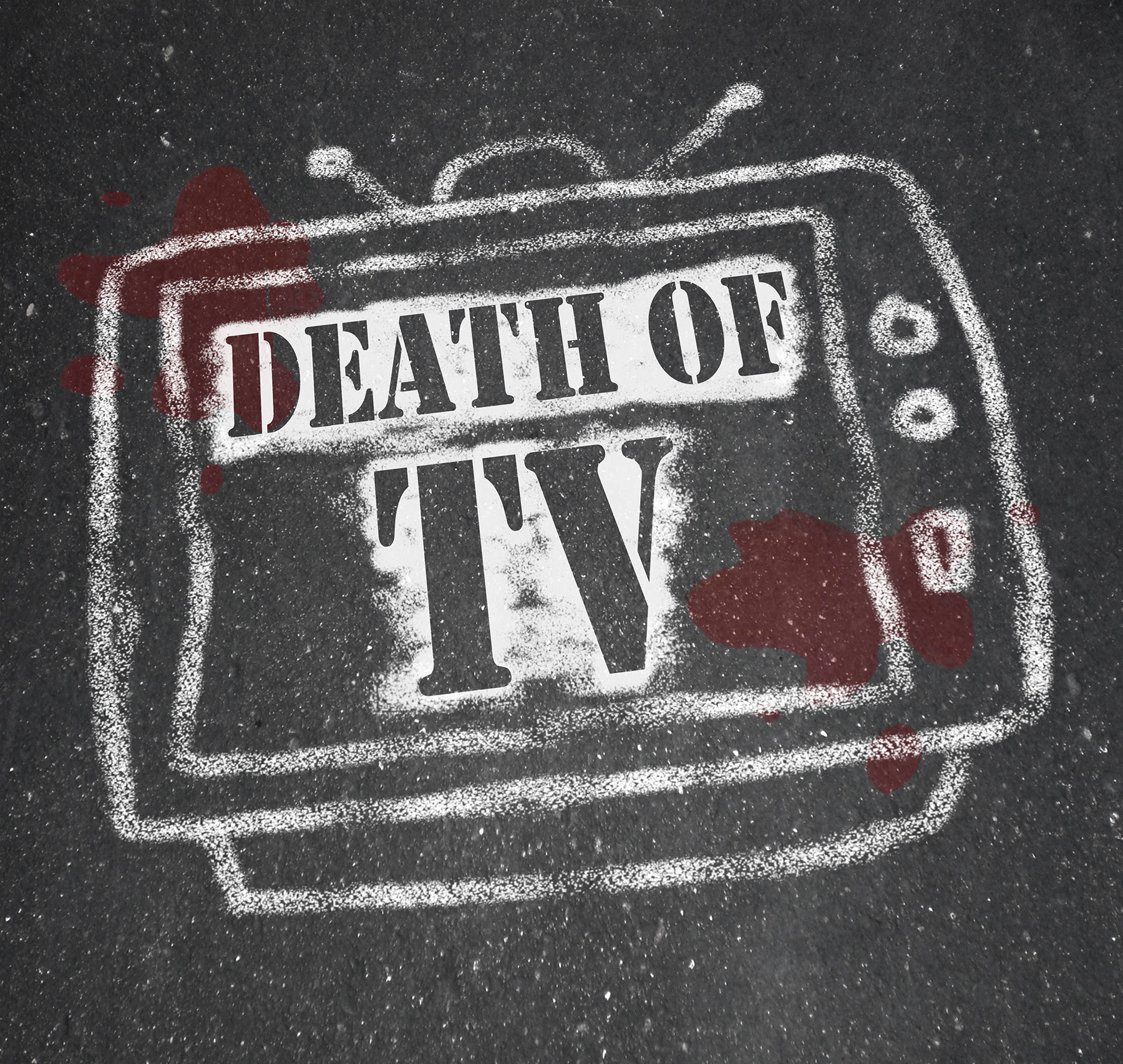There are many who are saying that the future of broadcast television looks bleak, and even predicting its ensuing death. Yet many others are saying that there is still plenty of life left in broadcast TV, with a few caveats.
We have seen a proliferation of new channels that provide content today that only a few years ago was reserved for broadcast television. As a result, broadcast television ratings have been declining since the 1980s. Early on, the culprit was cable, providing 200+ channel options for its subscribers. Now, there is streaming video that provides almost unlimited on-demand programming. There is no doubt that the traditional broadcast television model has plenty of competition these days.
But even cable is being challenged today. It has been estimated that 22 million Americans cut the cord in 2017. That represents a 23% increase over cord-cutters in 2016, according to one report. The culture is distinctly moving toward digital on-demand television.
In spite of these trends, there are many who feel that television has a certain mystique that cannot easily be replaced. All types of traditional media have taken serious hits since the exponential growth of digital, but television continues to be a viable means of delivering program content to viewers.
Who isn’t familiar with the success of This Is Us or The Good Doctor on traditional broadcast television or even the continuing following of programs like The Walking Dead on traditional cable? And the Super Bowl, the Olympics, Presidential debates, and other significant events are still primarily presented on broadcast TV.
Part of the “success” of broadcast television can be traced to viewer habits; older viewers (age 53+) still prefer traditional broadcast TV over other media to get their content. Younger viewers (18-36 years of age) by far prefer newer streaming platforms.
It is interesting to note that advertising revenue is up for the big three networks: ABC, CBS, and NBC. However, a significant portion of that revenue is coming from the digital sources after the initial “live” airing. The networks are supplementing their linear viewership with a wide array of other digital options that allow viewers to access their content “wherever, whenever, and however” they want, as one network executive expressed it.
One of the trends that is more and more clear is that content that compels gets noticed no matter what platform it is presented on. Witness Netflix’s success with multiple original series and movies.
The take-away: If you’re looking at getting into broadcast television, consider three important things:
- Content is, and always has been, king. Make compelling video and your audience will find you.
- Your content needs to be available on several digital platforms as well as traditional television.
- Build the structure needed to leverage your programming in a way that serves your organization.
Let Infinity Concepts help you with your broadcast television plans!
- The Resilience of Radio - November 21, 2023
- The Next Generation of Podcast Listeners - August 25, 2023
- Gen Z and Media Consumption - June 23, 2023

